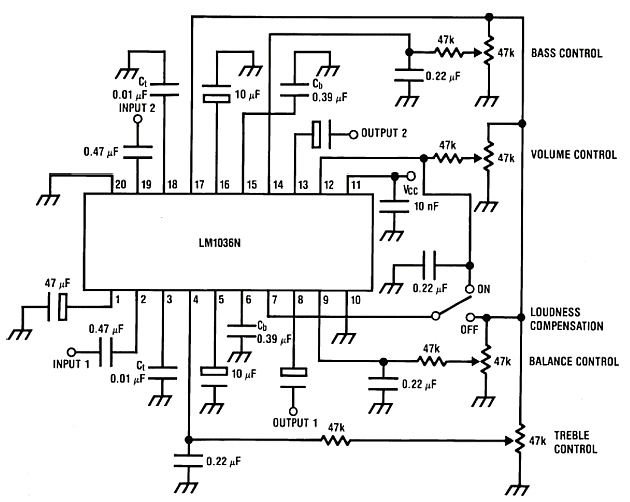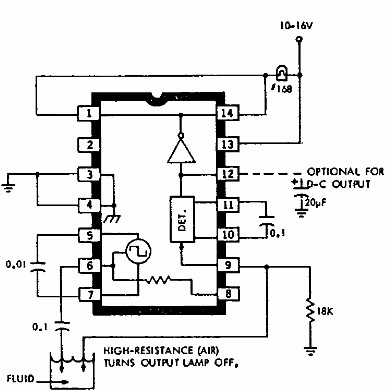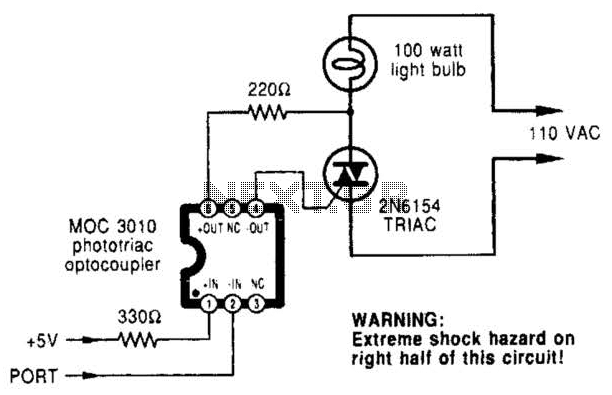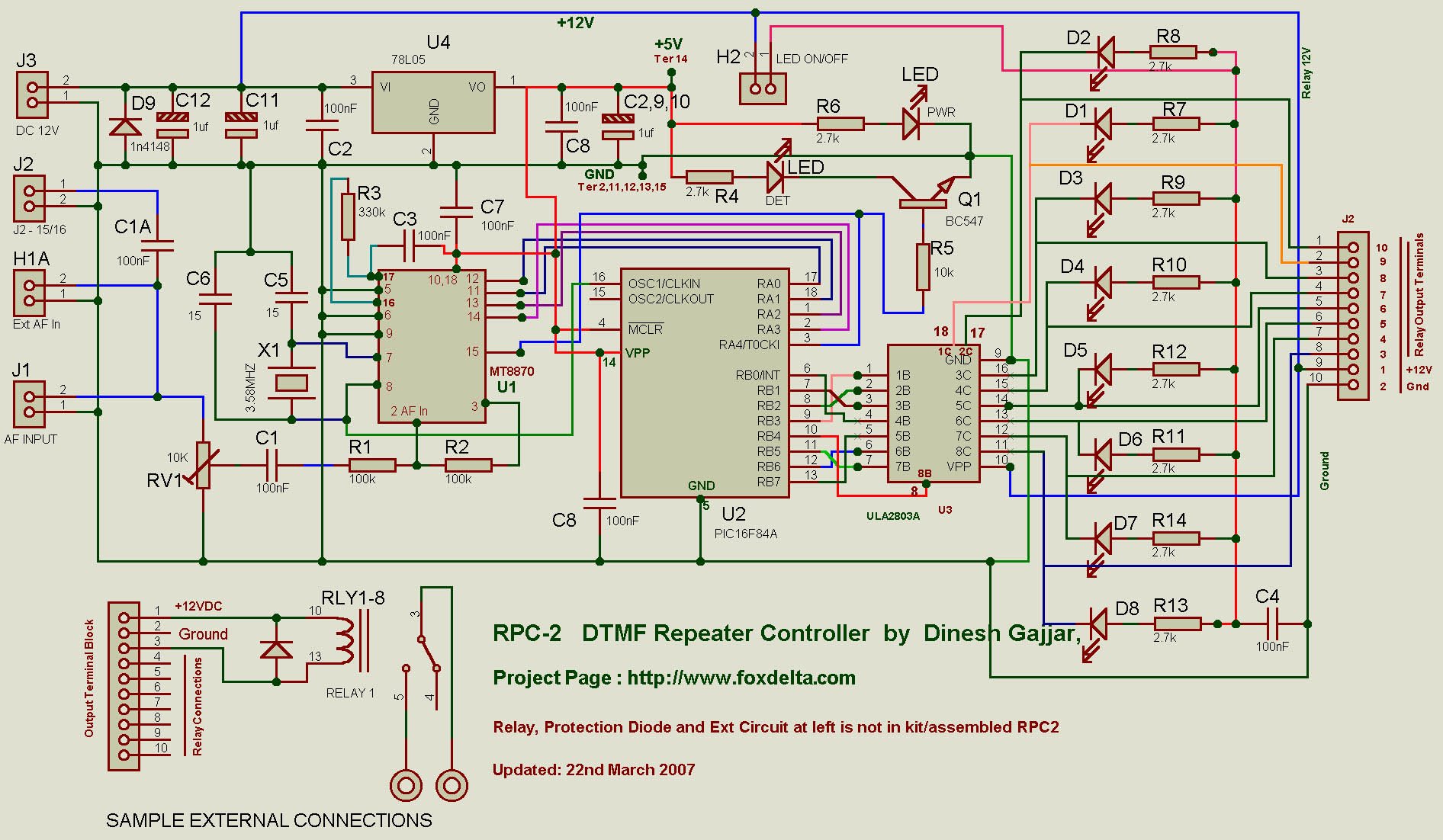
Bass-treble tone control circuit circuit

The LM1036 is a DC-controlled circuit designed for tone (bass/treble), volume, and balance adjustments in stereo applications, including car radios, televisions, and audio systems. It features an additional control input for easy loudness compensation. The circuit includes four control inputs that manage the bass, treble, balance, and volume functions through the application of DC voltages from a remote control system or from four potentiometers, which can be biased using a Zener regulated supply provided in the circuit.
The LM1036 integrates several functionalities essential for audio signal processing in various stereo applications. The circuit operates by receiving DC voltage inputs that correspond to user-defined settings for bass, treble, balance, and volume. This allows for precise audio adjustments tailored to user preferences or environmental conditions. The additional loudness compensation control enhances the listening experience by automatically adjusting the audio output to maintain sound quality at lower volume levels.
The circuit's design accommodates both remote control and manual potentiometer adjustments, providing flexibility in user interface options. When utilizing potentiometers, the Zener diode regulation ensures stable and consistent voltage levels, preventing fluctuations that could adversely affect audio performance. This feature is particularly beneficial in mobile and automotive applications where power supply variations may occur.
The LM1036 is suitable for integration into various audio systems, offering a compact solution for comprehensive audio control. Its ability to handle multiple audio parameters simultaneously makes it an ideal choice for modern stereo systems, enhancing user experience through intuitive control mechanisms and reliable performance.The LM1036 is a DC controlled tone (bass/treble), volume and balance circuit for stereo applications in car radio, TV and audio systems. An additional control input allows loudness compensation to be simply effected. Four control inputs provide control of the bass, treble, balance and volume functions through application of DC voltages from a remote control system or, alternatively, from four potentiometers which may be biased from a zener regulated supply provided on the circuit..
🔗 External reference
The LM1036 integrates several functionalities essential for audio signal processing in various stereo applications. The circuit operates by receiving DC voltage inputs that correspond to user-defined settings for bass, treble, balance, and volume. This allows for precise audio adjustments tailored to user preferences or environmental conditions. The additional loudness compensation control enhances the listening experience by automatically adjusting the audio output to maintain sound quality at lower volume levels.
The circuit's design accommodates both remote control and manual potentiometer adjustments, providing flexibility in user interface options. When utilizing potentiometers, the Zener diode regulation ensures stable and consistent voltage levels, preventing fluctuations that could adversely affect audio performance. This feature is particularly beneficial in mobile and automotive applications where power supply variations may occur.
The LM1036 is suitable for integration into various audio systems, offering a compact solution for comprehensive audio control. Its ability to handle multiple audio parameters simultaneously makes it an ideal choice for modern stereo systems, enhancing user experience through intuitive control mechanisms and reliable performance.The LM1036 is a DC controlled tone (bass/treble), volume and balance circuit for stereo applications in car radio, TV and audio systems. An additional control input allows loudness compensation to be simply effected. Four control inputs provide control of the bass, treble, balance and volume functions through application of DC voltages from a remote control system or, alternatively, from four potentiometers which may be biased from a zener regulated supply provided on the circuit..
🔗 External reference





